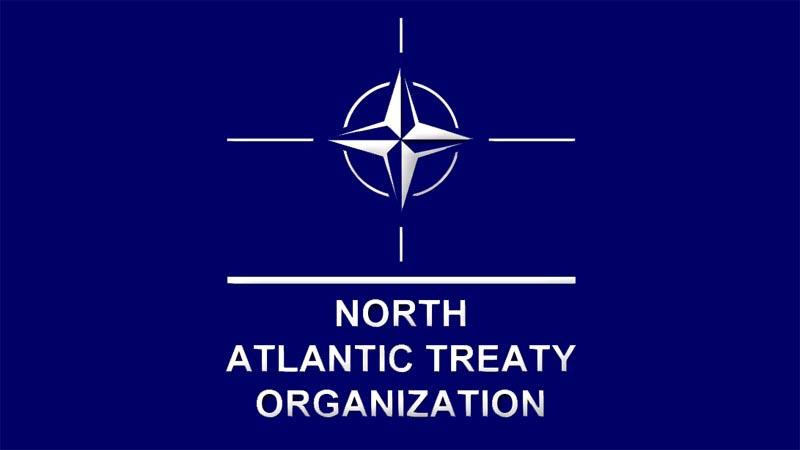Part 2 of 3 Parts (Please read Part 1 first)
It is easy to see why the supporters of the Treaty on the Prohibition of Nuclear Weapons are concerned about the current existence of thousands of nuclear warheads. There have been far too many nuclear weapons accidents that have happened and almost happened for comfort.
In the year 2000, a Danish newspaper reported that they had obtained classified documents from a group of former workers at the Thule airbase. The documents suggested that one of four hydrogen bombs on a B-52 that crashed there in 1968 was never found.
In 2007, the U.S. Air Force lost track of six nuclear armed cruise missiles for thirty-six hours. It turned out that they had been accidentally attached to a B-52 bomber and flown to a base in Louisiana without authorization. The B-52 sat unattended and unguarded on the runway until the error was discovered.
Early in 2019, the British Vanguard nuclear submarine and the French Le Triomphant nuclear submarine crashed into each other deep in the Atlantic Ocean. They were both armed with nuclear weapons when it happened. Fortunately, they were not going very fast and there was only minor damage.
In addition to these and other accidents, there have been many false alarms and incidents where nuclear weapons were almost launched. In 1963, during the Cuban missile crisis, a U.S. destroyer that was blockading Cuba saw a Soviet ship sail across the line that had been established. The Captain’s orders were to attack any ship that broke the blockade. He decided that the Soviet ship was off course and waited. Eventually, the Soviet ship sailed back across the line. If he had followed orders, it might have escalated into nuclear war.
During the same period, a Soviet nuclear submarine lost communication with the Soviet navy. They feared that war had broken out on the surface. The Admiral on the sub wanted to launch nuclear missiles as did the Communist Party representative. The Captain of the sub refused. Since it took all three of them to launch the missiles, nothing was done. Later, the sub reestablished communications and found out that nothing serious had happened on the surface. Responsible Captains on both sides prevented nuclear war. They both said something to the effect that they were unable to give a command that might have ended the world.
In 1983, a Soviet Lieutenant was monitoring radar systems designed to give warning of nuclear attack. His radar system indicated that five nuclear missiles had been launched by the U.S. and they were headed towards Russia. Instead of immediately contacting his superiors in Moscow who would have ordered missile launches in retaliation, he held off because he realized that the radar system might have given a false alarm. He reasoned that if the U.S. was starting a nuclear war, it would have launched a lot more than five missiles. It turned out that he was right and nuclear war was averted.
These events did nothing to cool the support for nuclear deterrence in the U.K. and the U.S. They continued to insist that huge nuclear weapons arsenals safeguarded and guaranteed world peace. The old Cold War politics of deterrence can do nothing to prevent cyberattacks or the global impact of a pandemic like Covid-19. Our Trident nuclear submarines roam the world’s ocean depths with enormous firepower. It is estimated that just one of their nuclear missiles could kill ten million people. In the meantime, Russian President Putin can interfere with U.S. elections at less cost than a single Russia fighter jet.
Please read Part 3 next
